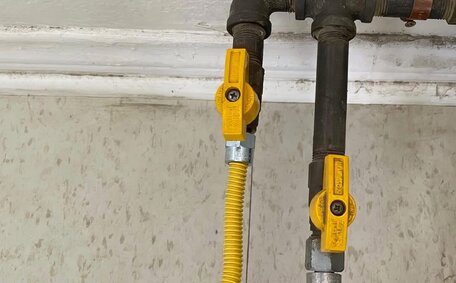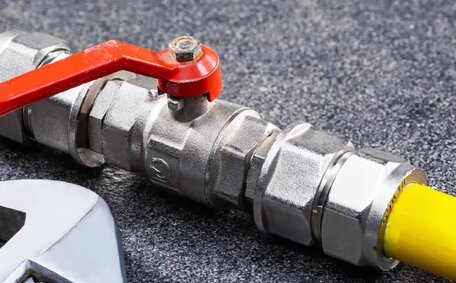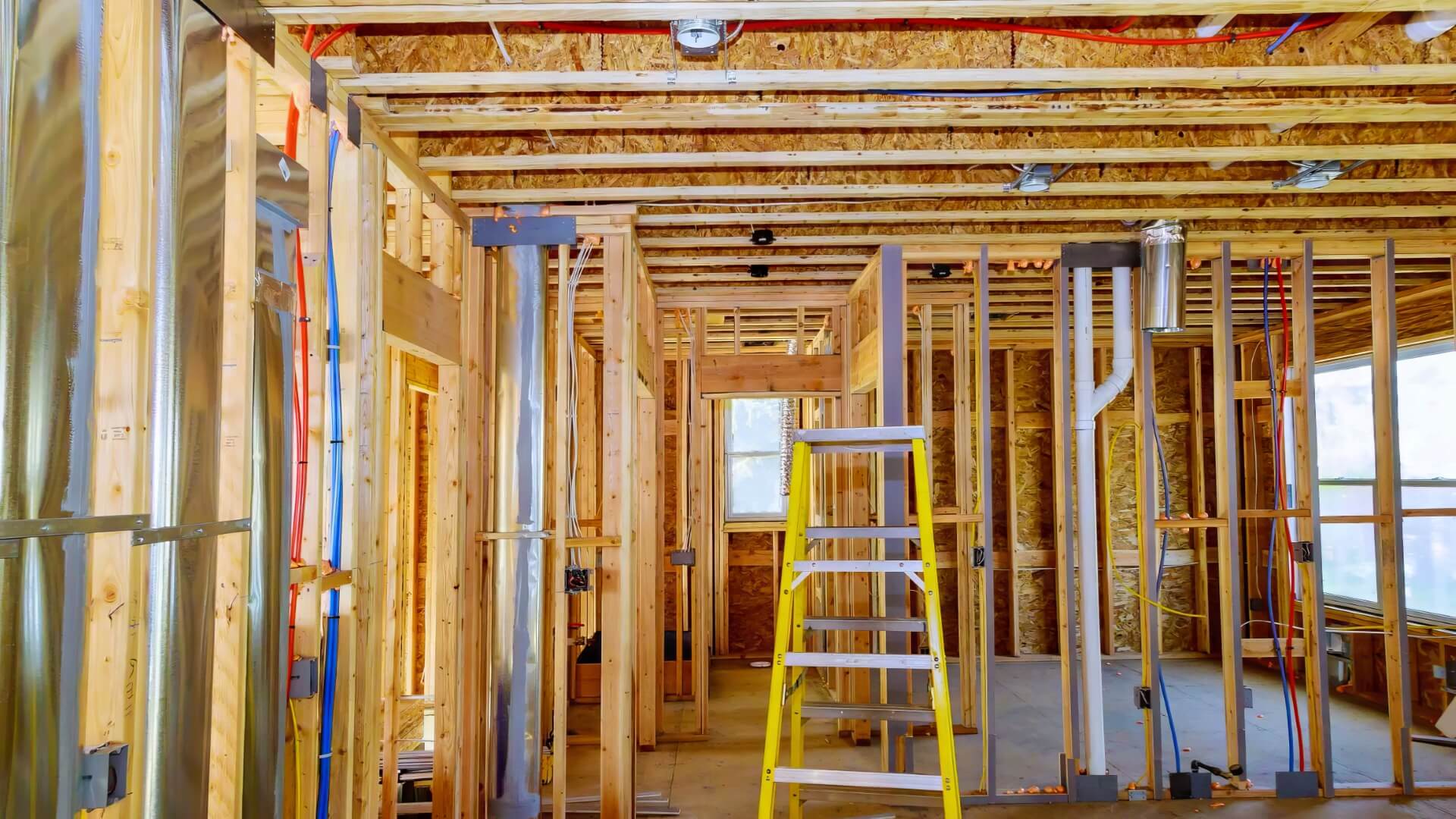
Natural Gas vs. Propane: What’s the Difference?
Propane and natural gas are popular fuel sources, but have different origins and properties. Propane delivers more BTUs per cubic foot. Natural gas is piped underground to homes.
Read MoreBoth propane and natural gas are commonly used fossil fuels for heating, cooking, and powering appliances in Woollahra homes and businesses. While similar, there are key differences between them when it comes to their chemical makeup, energy efficiency, environmental impact, cost, and safety.
This article will explore the distinguishing features of natural gas versus propane, covering:
Understanding these critical distinctions will enable you to select the most suitable fuel type for your home or business needs in Woollahra.
The hydrocarbon composition of natural gas and propane fundamentally differs.
Compressed natural gas (CNG) consists mostly of methane (CH4), 70-90% by volume, with the balance including other hydrocarbons such as ethane and propane.
On the other hand, propane’s chemical formula C3H8 indicates a single hydrocarbon, which offers advantages in transportation, storage, and combustion.
Differences in chemical compositions dictate their handling; natural gas needs pressurised pipelines for transport and is stored in gas form, while propane can be compressed into a liquid state, facilitating transport and storage.
Comprehending these chemical variances equips us with the knowledge for using natural gas and propane optimally by leveraging each fuel’s strengths and compensating for respective weaknesses.
When examining energy efficiency—usable energy per unit volume—propane outshines natural gas by providing more energy from less volume.
A gallon of propane contains roughly 2.5 times the British Thermal Units (BTUs) than that of a cubic foot of natural gas. BTUs indicate the quantity of heat produced when a fuel undergoes combustion.
Propane’s higher energy density means that an equivalent volume yields more potential energy than natural gas.
Consequently, appliances powered by propane, such as stoves, grills, and generators, are typically more energy-efficient and offer quicker heat-up and better performance in cold weather.
In contrast, by mass, natural gas is slightly more efficient, with equal weights yielding more energy compared to volume-based measures.
Ultimately, propane’s superior space efficiency makes it better suited for portable applications, while natural gas excels for permanent installations with access to direct pipeline connections.
BTU stands for British Thermal Unit and is used as a standard measure of heat energy output. When comparing propane and natural gas, looking at BTU output gives us a precise way to contrast their energy production.
Propane and natural gas differ markedly in their energy output expressed in BTUs per cubic foot:
Propane boasts a significantly higher BTU output per cubic foot, over double that of natural gas. This means an equivalent volume of propane can fuel more cooking, heating and other applications than natural gas.
Although less efficient per volume, the generally lower cost per BTU of natural gas makes its long-term appliance operation more cost-effective.
Understanding these BTU production differences allows us to make the right fuel choice based on our usage requirements and budget.
When it comes to environmental impact, propane has some advantages over natural gas. Specifically, propane does not emit methane, which is a potent greenhouse gas that contributes more severely to climate change than carbon dioxide.
Methane leakage during the extraction, transportation, and usage of natural gas accounts for 2.3% of total US greenhouse gas emissions, as reported by the EPA.
The combustion of propane, when examined between propane natural gas, emits lower amounts of pollutants such as nitrogen oxides and carbon monoxide. This makes it a cleaner fuel source for household appliances.
While both fuels generate emissions, propane’s lack of methane leakage and greater energy efficiency give it a smaller environmental footprint.
When considering cost, natural gas typically has a lower price per heating unit (BTU) compared to propane. However, propane’s greater energy efficiency can lead to being less expensive than natural gas in terms of overall fuel expenses in some cases.
Natural gas is generally priced lower per immediate unit than propane:
Propane’s high BTU yield per unit can result in appliances having lower operational costs long-term, even with the higher fuel price per gallon.
A propane water heater might have higher daily running costs, yet its greater efficiency can reduce annual expenditures when compared to natural gas heaters.
Regarding infrastructure, propane tanks present a more cost-effective installation option compared to gas lines. But natural gas offers lower long-term supply costs in homes with existing lines.
Weighing these factors allows households to make the optimal fuel decision based on their budget.
For heating, cooking, drying clothes, and running appliances, both natural gas and propane are popular in Woollahra homes.
Gas propane options are more widely available since many existing homes already have gas lines installed. Connecting new natural gas appliances is typically simpler and involves lower upfront costs.
The ability to place propane tanks outside extends their flexibility, facilitating heating and cooking in areas lacking gas pipelines, including tiny homes and off-grid residences.
Propane-powered appliances feature quicker heat-up times, making them ideal for home comforts like clothes dryers, stovetops, and on-demand water heaters. Additionally, propane tanks are mobile and can be reused or moved as needed.
When selecting fuels for household usage, key considerations include:
In many Woollahra homes, when comes to affordability, natural gas can provide the cheapest and simplest option. But propane offers flexibility that may suit unconventional homes or portable applications.
Safety is paramount with any gas fuel source; both natural gas and propane pose risks if improperly stored or when leaks occur.
A few key safety precautions for natural gas include:
Key safety measures for CNG and propane include:
Adhering to essential safety measures for each gas type helps prevent accidents, with special attention to natural gas’s non-renewable nature, guiding the proper handling to safeguard homes and businesses.
Natural gas and propane have distinct methods for storage and delivery to end users.
Customers receive natural gas through an extensive pipeline network, where it remains pressurised in gaseous form for efficient conveyance. At the end destination, it flows into homes or businesses still as a gas.
Conversely, propane is pressurised and converted into liquid for transport and large-scale storage. It’s delivered in liquid form by tanker trucks and stored in liquid propane tanks awaiting distribution or home delivery. When propane is withdrawn from tanks and depressurised for household use, it reverts to its gaseous state for combustion.
Despite its limited portability, natural gas’s established pipeline system results in lower delivery costs for activities such as heating and cooking. Meanwhile, propane’s portability enables use in a wider range of locations and situations.
When choosing between natural gas and propane for your Woollahra residence or business, consider several important factors tailored to your requirements:
At the end of the day, the right natural gas versus propane decision depends on your household’s or business’ unique requirements. Key priorities like efficiency, budget, sustainability, and lifestyle should guide your specific choice.
To get custom advice on the best fuel system for your Woollahra property, feel free to email or call the specialists at Woollahra Plumbing today.
Propane and natural gas are popular fuel sources, but have different origins and properties. Propane delivers more BTUs per cubic foot. Natural gas is piped underground to homes.
Read MoreUpgrading a gas meter improves safety and may be necessary over time. Our experienced team can guide you through the process, costs and timeframes involved to upgrade your gas meter.
Read MoreIf pipe relining fails due to severe damage, replacement may be required. We provide affordable pipe repairs in Sydney without excavation. Call today for pipe assessments. Our expert team will determine if pipe relining or full replacement is needed.
Read MoreWoollahra, 2025 NSW
We will call back as soon as possible.




